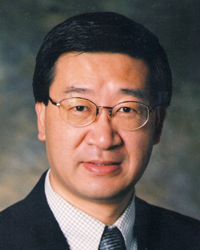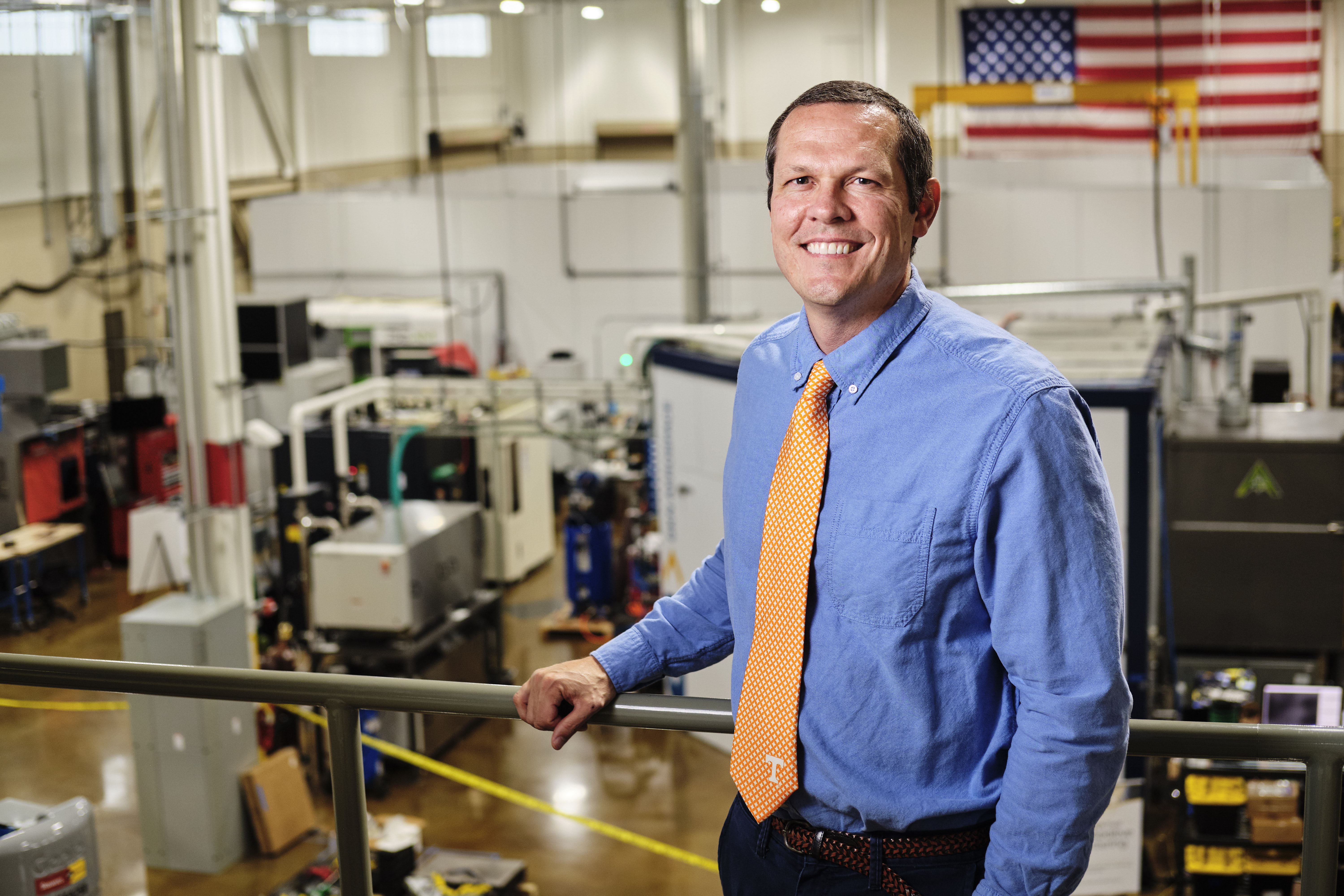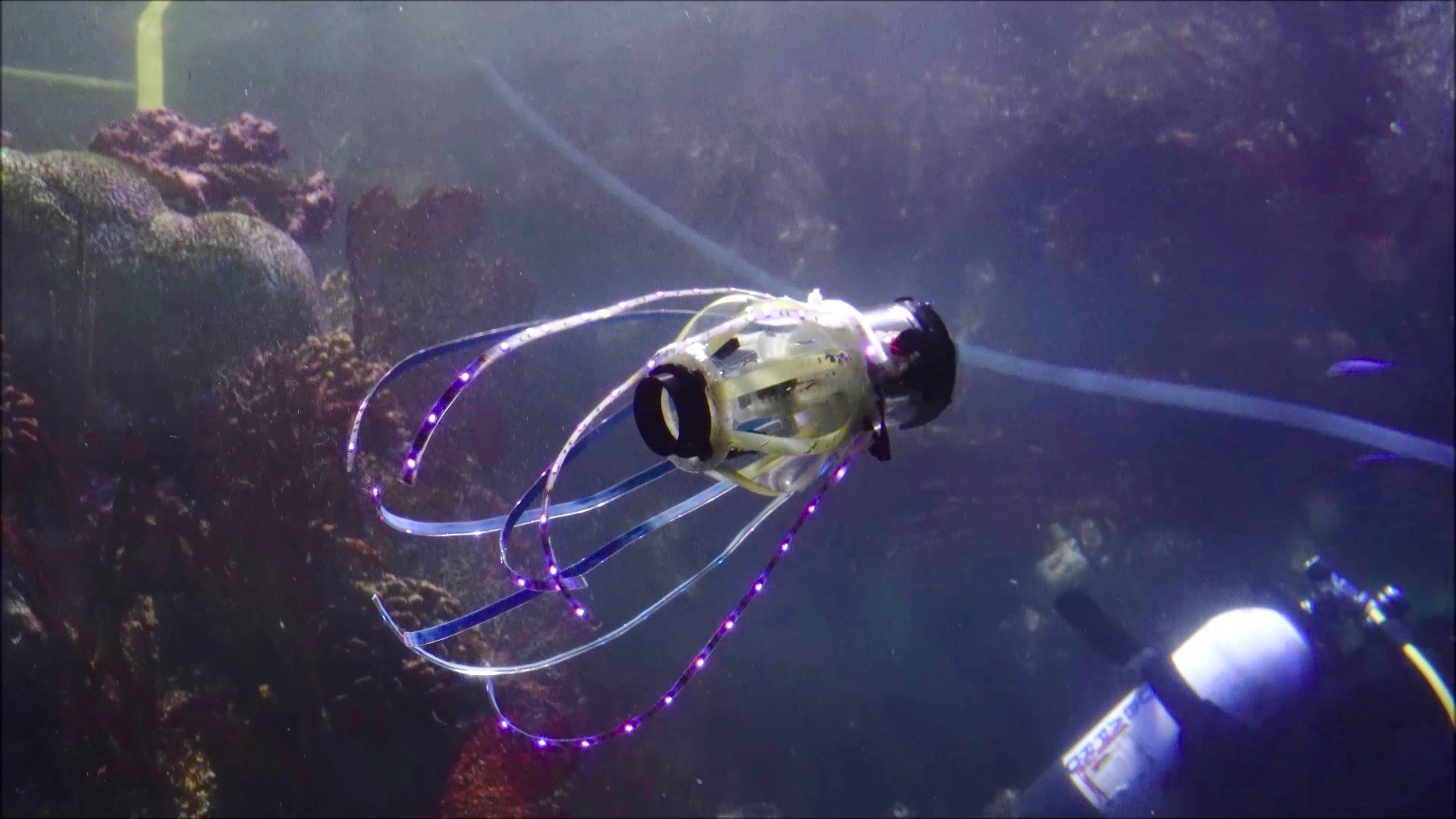WEST LAFAYETTE, Ind. – Purdue University innovators are taking cues from nature to develop 3D photodetectors for biomedical imaging. The Purdue researchers used some architectural features from spider webs to develop the technology. Spider webs typically provide excellent mechanical adaptability…
Tag: Mechanical Engineering
Robots and humans collaborate to revolutionize architecture
Robotic strength and precision allow for vastly more sustainable processes.
Simple software creates complex wooden joints
An interactive system to design and fabricate structurally sound wood joints
New research projects to explore use of drones for medical delivery purposes
Cranfield University is participating in two new research projects that focus on the use of unmanned aerial vehicles (UAVs) for medical delivery purposes. There are over 2.5 million movements of medical supplies, samples and other items between hospitals and medical…
Pufferfish-inspired robot could improve drone safety
If you get too close to a pufferfish, this undersea creature will blow up like a balloon to scare you away. Now, a team of engineers at the University of Colorado Boulder has designed a robot that can do much…
Potential new micromanufacturing technique to make tinier circuits wins NSF funding
With an eye on the trends of modern computing, Moore’s law — formulated by Intel Corp. co-founder Gordon Moore in 1975 — posits that the number of transistors in an integrated circuit doubles about every two years. That prediction more…
NTU spin-off ZES launches new radiation-protection chips for satellites
Singapore tech firm also raised $2.5 million seed funding
SwRI receives $6.4 million in funding to design sCO2 oxy-fuel turbine
Turbine to use coal syngas or natural gas as a fuel source
New ‘green’ engine for lorries ahead of the demanding anti-contamination regulation
It would decrease the levels of NOx and soot by 92% and 88% respectively, and the CO2 emissions from the exhaust pipe by 15%
Monash engineers improve fatigue life of high strength aluminium alloys by 25 times
Monash University engineers have demonstrated improvements in the fatigue life of high strength aluminium alloys by 25 times – a significant outcome for the global transport industry. Aluminium alloys are light, non-magnetic and have great corrosion resistance. But, their fatigue…
All-terrain microrobot flips through a live colon
WEST LAFAYETTE, Ind. — A rectangular robot as tiny as a few human hairs can travel throughout a colon by doing back flips, Purdue University engineers have demonstrated in live animal models. Why the back flips? Because the goal is…
Army readies charging port for autonomous drone swarms
ABERDEEN PROVING GROUND, Md. — A swarm of hundreds of unmanned air vehicles will soon descend on unmanned ground vehicles to autonomously recharge, thanks to U.S. Army-funded research now underway at the University of Illinois Chicago. The U.S. Army Combat…

Halloween story idea: UW researcher studies reanimation/cryopreservation
The idea of freezing and many years later thawing out the human body has been a favorite of storytellers for decades, including for popular characters like Captain America and Austin Powers. But the science of cryopreservation may be even more…
Solar-powered system extracts drinkable water from “dry” air
MIT engineers have made their initial design more practical, efficient, and scalable.
UNLV and University of Rochester physicists observe room-temperature superconductivity
The discovery, reported in the journal Nature, opens door for reimagining the energy grid, technology, society
Two SwRI experiments fly aboard Blue Origin’s New Shepard suborbital rocket
Asteroid sampling technology, tapered liquid acquisition device tested in low gravity
UCF researchers are working on tech so machines can thermally ‘breathe’
The UCF researchers are developing a way for large machines to “breathe” in and out cooling blasts of water to keep their systems from overheating.

Oak Ridge National Laboratory, UT’s Tony Schmitz elected to ASPE College of Fellows
Tony Schmitz, joint faculty researcher in machining and machine tools at Oak Ridge National Laboratory, and mechanical, aerospace and biomedical engineering professor at the University of Tennessee, Knoxville, has been elected to the College of Fellows of the American Society for Precision Engineering.
What Tiny Surfing Robots Teach Us About Surface Tension
Propelled by chemical changes in surface tension, microrobots surfing across fluid interfaces lead researchers to new ideas.
New UCF project examines how stress and corrosion cracks start in aircraft components
Funding from the Defense Advanced Research Projects Agency will allow aerospace engineering Professor Ranajay Ghosh to develop computer models to pinpoint the origins of stress-corrosion cracking
Successful crash test meets major milestone for nuclear deterrence program
Sandia team worked through COVID-19 challenges, delivered results on time
New method can pinpoint cracks in metal long before they cause catastrophes
When metallic components in airplanes, bridges and other structures crack, the results are often catastrophic. But Johns Hopkins University researchers have found a way to reliably predict the vulnerabilities earlier than current tests. In a paper published today in Science…
High-speed photos shine a light on how metals fail
By combining experimental and theoretical work, researchers discover what happens when metals are stretched to their yield point
Aerodynamicists reveal link between fish scales and aircraft drag
City, University of London’s Professor Christoph Bruecker and his team have transferred the idea of fish scales to arrays of bio-inspired scales which are capable of producing a streaky flow that could reduce skin friction drag by more than 25 percent.
Droplet breakup could hold the key to more efficient engines
Texas A&M researchers analyze droplet reactions in detonation waves for use in liquid-fueled engines
Beat the heat: Novel passive cooling device for surfaces and enclosed spaces
Scientists engineer the first passive radiative device that absorbs heat from the inside of an enclosure and emits it on the outside

This ‘squidbot’ jets around and takes pics of coral and fish
Engineers at the University of California San Diego have built a squid-like robot that can swim untethered, propelling itself by generating jets of water. The robot carries its own power source inside its body. It can also carry a sensor, such as a camera, for underwater exploration. The researchers detail their work in a recent issue of Bioinspiration and Biomimetics.
Underwater robots to autonomously dock mid-mission to recharge and transfer data
WEST LAFAYETTE, Ind. — Robots can be amazing tools for search-and-rescue missions and environmental studies, but eventually they must return to a base to recharge their batteries and upload their data. That can be a challenge if your robot is…
The best of both worlds: A new take on metal-plastic hybrid 3D printing
Scientists develop a novel and surprisingly simple method to print 3D structures made of metal and plastic, paving the way for 3D electronics
Noble metal clusters can enhance performance of catalysts and save resources
Lower-cost production thanks to optimized distribution of atoms – publication in Nature Catalysis
Wasp egg-laying organ inspires new tool to reduce trauma in minimally invasive surgery
A new tissue-transport tool inspired by the egg-laying ovipositor organ of wasps may reduce trauma and patient recovery time in minimally invasive surgery
Safe flight: New method detects onset of destructive oscillations in aircraft turbines
New method for early flutter detection will help in the development of safer and more eco-friendly turbines in aircraft
UIC receives $8 million Army Research Laboratory grant for drone fuel sensor research
Sensors will enable unmanned aircraft systems to adapt to different fuel types
SwRI releases major updates to Numerical Propulsion System Simulation (NPSS) software
NPSS models rockets, jet engines, turbomachinery, other technologies
A new study may revise a theory of flowing viscous liquids that was accepted for 60 years
Discovery of a topological change of an interfacial hydrodynamics by a partial miscibility and creating a cross-disciplinary discipline of chemical thermodynamics and interfacial hydrodynamics
Topology-optimized thermal cloak-concentrator
Topology-optimized thermal cloak-concentrator realizes excellent cloaking and concentrating simultaneously although it is built of a simple composition. The thermal cloak-concentrator is not so easily effected by fluctuations of thermal conductivity and is designed by incorporating multiple objective functions under various…
Talc and petroleum jelly among the best lubricants for people wearing PPE
For frontline healthcare workers during the COVID-19 pandemic, wearing personal protective equipment (PPE) like face visors, googles, and respiratory protective equipment is an essential part of working life. More workers are wearing facial PPE now than ever before, often for…
Battery fires: Industry and research must work together for safer batteries
According to a new review paper, published in Journal of The Electrochemical Society , industry leaders feel that battery safety standards do not represent real-world scenarios that could cause fires and are therefore not robust enough to prevent, detect, and…
A multishot lensless camera in development could aid disease diagnosis
A new type of imaging that does not require a lens and uses reconfigurable particle-based masks to take multiple shots of an object is being developed by researchers at Penn State. The electric-field directed self-assembling mask technology is expected to…
Guiding light: Skoltech technology puts a light-painting drone at your fingertips
Skoltech researchers have designed and developed an interface that allows a user to direct a small drone to light-paint patterns or letters through hand gestures. The new interface, DroneLight, can be used in distant communications, entertainment, and even search and…
Schulich Leader Scholarships supports two new STEM rising stars at uOttawa
At the University of Ottawa, science, technology, engineering, math, or STEM are a way of life. It represents an active research field, a concept where ideas collide, and a transformative approach to learning. It also happens to be the name…
CMU’s MoonRanger will search for water at moon’s south pole
Small, speedy rover completes preliminary design review
SwRI’s ECTO-Lab expands, supports EPA Cleaner Trucks Initiative
New bench systems improve accelerated aging of emissions control systems
New composite material revs up pursuit of advanced electric vehicles
Scientists at Oak Ridge National Laboratory used new techniques to create a composite that increases the electrical current capacity of copper wires, providing a new material that can be scaled for use in ultra-efficient, power-dense electric vehicle traction motors. The…
Marine sponges inspire the next generation of skyscrapers and bridges
Bioinspired architecture could pave the way for stronger, lighter structures
Center for Nanoscale Science renewed at $18 million for six years
The Center for Nanoscale Science, a National Science Foundation Materials Science and Engineering Center (MRSEC), has again successfully renewed its NSF support in the highly competitive MRSEC program. The new iteration of the center encompasses two of NSF’s Big Ideas…
Engineers imitate human hands to make better sensors
An international research team has developed “electronic skin” sensors capable of mimicking the dynamic process of human motion. This work could help severely injured people, such as soldiers, regain the ability to control their movements, as well as contribute to…
Engineers produce a fisheye lens that’s completely flat
The single piece of glass produces crisp panoramic images

Making space weather forecasts faster and better
To improve the ability to forecast space weather, a multidisciplinary team of researchers, including Professor Boris Kramer at the University of California San Diego, received $3.1 million from the National Science Foundation. The researchers, led by Professor Richard Linares at the Massachusetts Institute of Technology, will also work on speeding up the forecasting abilities that are currently available.
Great progress for electronic gadgets of the future
Researchers discover new way of controlling conductivity of materials at the nanoscale